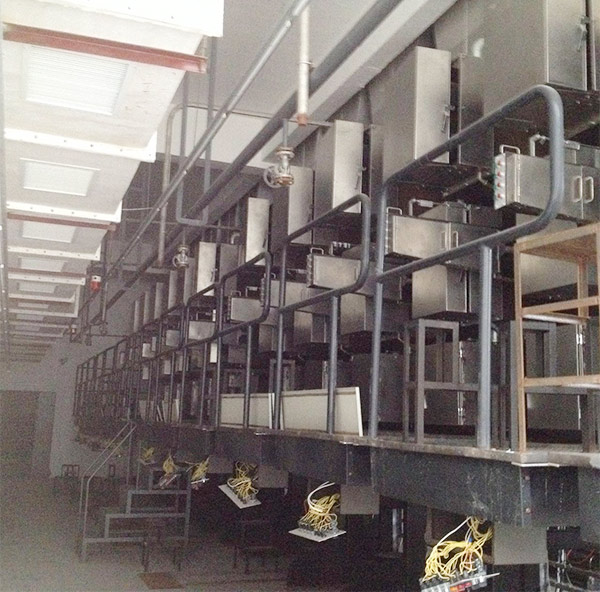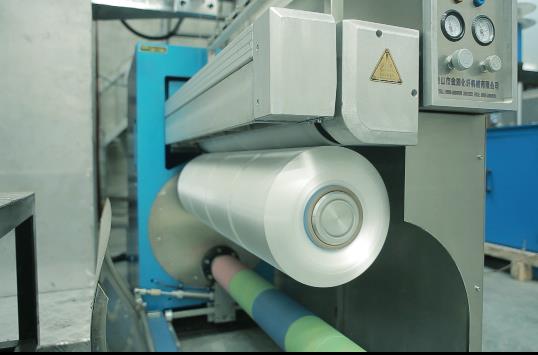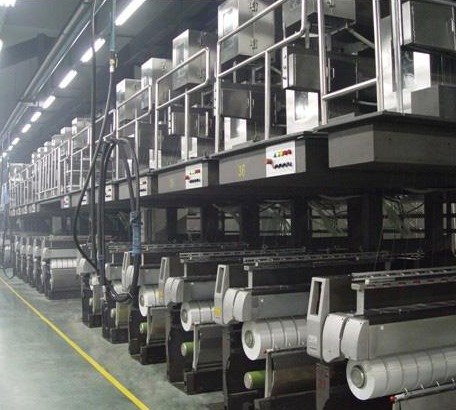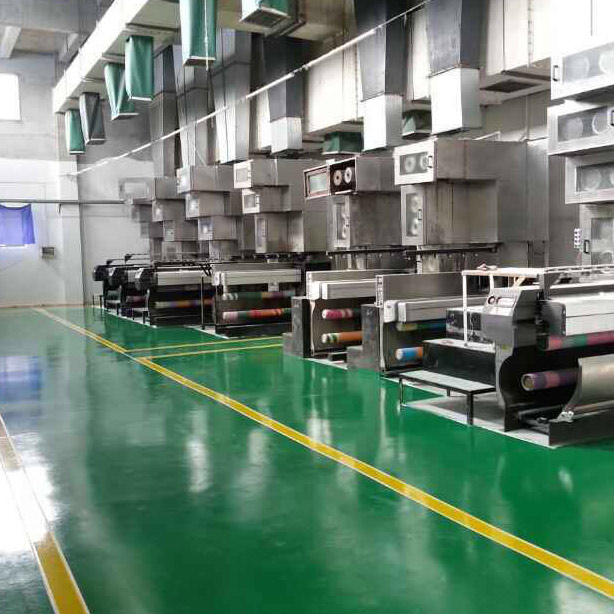- Polypropylene spinning machine
- Polypropylene FDY equipment
- Polyester POY spinning machine
- Polyamide FDY common and high strength equipment
- Polyester FDY equipment
- Polyester high strength equipment
- polyester、Polyamide、 Polypropylene BCF equipment
- Small spinning machine
- All kinds of spinning special parts
- Polypropylene FDY spinning machine is a key equipment for the production of high-performance fibers
- Several silk textile industry renewal projects in Shengze have started construction
- The Winter Solstice marks the rise of Yang energy. In Fubon spinning machines, the Winter Solstice code is revealed, a dialogue of craftsmanship spanning a thousand years
- The establishment conference of Guangzhou Modern Textile and Garment New Quality Productivity Research Institute and the co-construction conference of the textile industry innovation ecosystem were held
- The key points of control in the polypropylene FDY spinning machine process and their relationship with quality

- Contact:Mr. Huang Guofu
- Cel:0086-13901505556
- Fax:0086-519-83341119
- Email:czfb5556@126.com
- Add:No. 288-8 ChangLi Rd, Huangli Town, Changzhou, JS PRV.
The spinning machine uses the friction transmission method to form the fiber-forming polymer solution or melt into the filament. The silk cake is automatically switched through the automatic switching mechanism. The lifting cylinder supports the friction roller device and the grooved roller device for vertical lifting movement. All electrical devices are centrally controlled by a programmable controller, which effectively guarantees stable tension, good forming and high production efficiency when the cake is formed. It is a key equipment in the production process of spandex spinning.
Mechanical principle of spinning machine
The spinning machine is between the original yarn guide and a drafting machine. The tow passes through an oil immersion tank under low tension, and the oil in the tank is heated to 40-50°C, so that the tow can be uniformly drawn for continuous drawing. To ensure the smoothness and cohesion of the tow, and to keep the temperature of the tow constant.
Then three pieces of silk enter a drafting machine, and the drafting roller of the drafting machine plays the role of guiding and fixing the position of the tow during the drafting process. After leaving a drafting machine, the tow enters the water sluice and immediately enters the subsequent wet drafting state. The tow is in the second drafting zone, that is, between the second drafting machine and the tension heat setting machine. The sizing treatment is obtained at high temperature, and the complete orientation of the macromolecular structure is obtained. The two-pass drawing completes about 15% to 20% of the draft ratio. This process allows the fiber to obtain the characteristics of high strength, low elongation, low shrinkage and high modulus.
The tension heat setting machine consists of 18 large cylinders, followed by three drafting machines. The tension heat setting machine is divided into three zones that can be started independently. This means that the shrinkage and relaxation levels can be adjusted appropriately between these four-roller heat setting zones. If the wool type low modulus products are produced, there is no need for intense heat setting, and the tow can pass through these large, unheated circles. cylinder.
The cooling work of the spinning machine is completed by the tow cooler, and the oil sprayed on the tow will take the maximum amount of heat away from the fiber due to steam. Then the tow enters the cutting machine under uniform tension and is cut to the required length. The cut fibers are sent to the baler and finished into finished products.
- Several silk textile industry renewal projects in Shengze have started construction
- Polypropylene FDY spinning machine is a key equipment for the production of high-performan
- The Winter Solstice marks the rise of Yang energy. In Fubon spinning machines, the Winter
- The establishment conference of Guangzhou Modern Textile and Garment New Quality Productiv
- The key points of control in the polypropylene FDY spinning machine process and their rela
- A Guide for Managers to Break Through: Empowerment Rather than Control: Helping Enterprise
- The 2025 Textile and Garment Innovation Annual Conference and the Gongqingcheng Down Indus
- The technological upgrade of polypropylene FDY spinning machines empowers the production o
- Textile News: Full-chain Efforts + Cross-border Breakthroughs + Talent Foundation - The Te
- The 2025 China Home Textile Fashion Innovation Conference grandly kicked off in Binzhou




